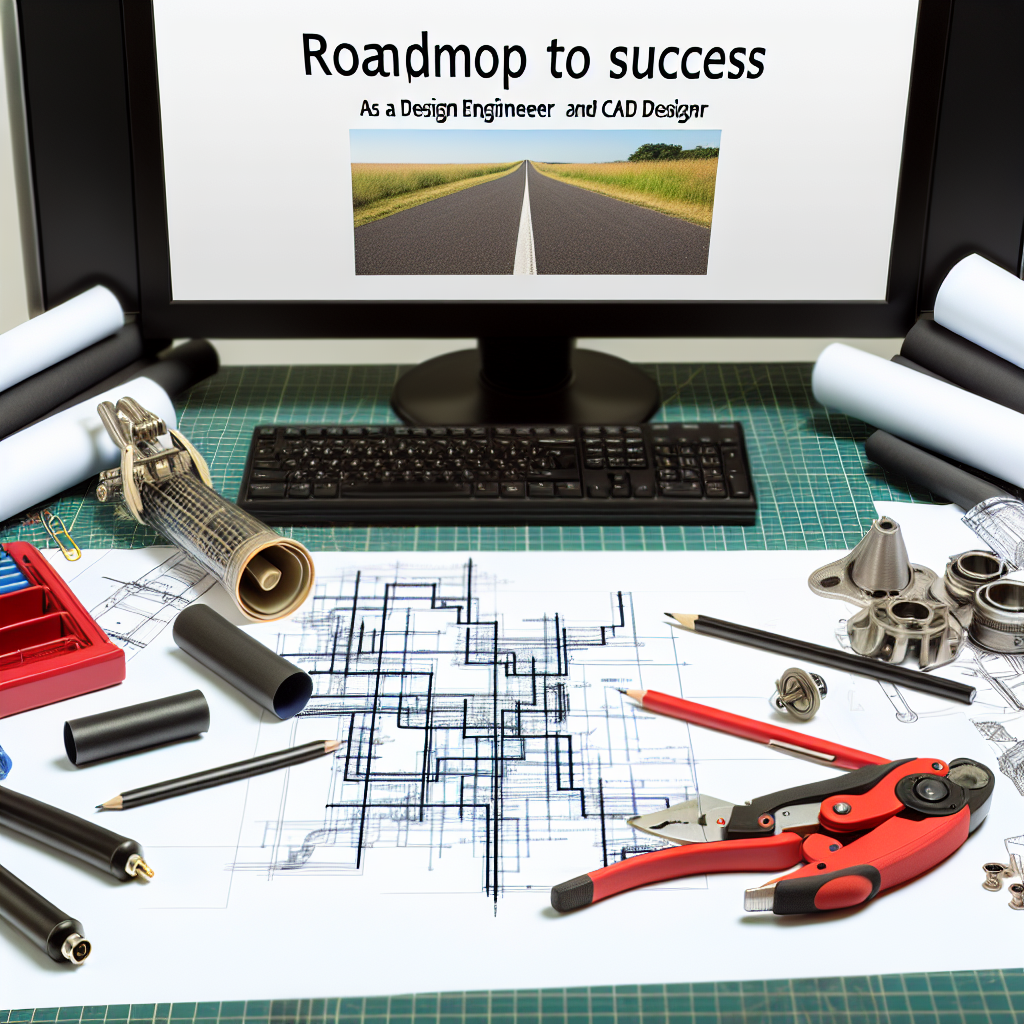If you’re aspiring to excel as a design engineer, especially in the field of mechanical design and CAD designing, understanding a clear roadmap is essential. This guide will walk you through the necessary skills, education, and experience needed to succeed in this competitive industry, helping you turn your passion into a rewarding career.
Foundations and Education: Building the Technical Base
Embarking on a journey to become a mechanical design engineer or CAD designer begins with acquiring a solid educational foundation. A bachelor’s degree in Mechanical Engineering or related fields like Industrial Design provides essential theoretical knowledge about mechanics, materials, thermodynamics, and CAD principles. During your academic journey, focus on courses that emphasize computer-aided design (CAD), finite element analysis (FEA), and manufacturing processes.
In addition to formal education, gaining proficiency in industry-standard CAD software such as AutoCAD, SolidWorks, or CATIA is vital. Hands-on experience through internships or project work helps bridge the gap between theory and practice, allowing you to understand real-world applications and refine your design skills.
Developing a comprehensive portfolio showcasing your projects and CAD designs can greatly enhance your employability while establishing a reputation as a capable engineer. Furthermore, staying updated with the latest CAD tools and engineering innovations through online courses, webinars, and industry publications will give you a competitive edge.
Skill Development and Industry Experience: Advancing Your Career
Once foundational knowledge is in place, the focus shifts to developing specialized skills and gaining practical experience. Successful design engineers continuously improve their abilities in engineering analysis, problem-solving, and project management. Working on diverse projects helps cultivate a deeper understanding of design for manufacturability, cost optimization, and production constraints.
Networking within industry communities, participating in engineering forums, and pursuing professional certifications such as Certified Manufacturing Engineer (CMfgE) or Autodesk Certified Professional further bolster your credibility and potential for career advancement.
Practical experience is critical. Entry-level roles like design drafter or junior mechanical engineer serve as stepping stones. As you gain confidence and expertise, responsibilities expand to include leading design projects, collaborating with cross-disciplinary teams, and innovating new solutions. Always seek feedback and continue learning to stay aligned with industry trends and technological advancements.
Remember, becoming a proficient CAD designer or mechanical design engineer is a combination of technical mastery, real-world experience, and continuous skill enhancement. Developing a versatile skill set will ultimately lead to greater opportunities and success in the engineering industry.
In conclusion, charting a clear path toward becoming a successful design engineer involves foundational education, mastery of CAD tools, practical experience, and continuous learning. Whether specializing in mechanical design or CAD drafting, dedication and adaptability are key to thriving in this dynamic field. Follow this roadmap, and you’ll be well on your way to a rewarding engineering career.
